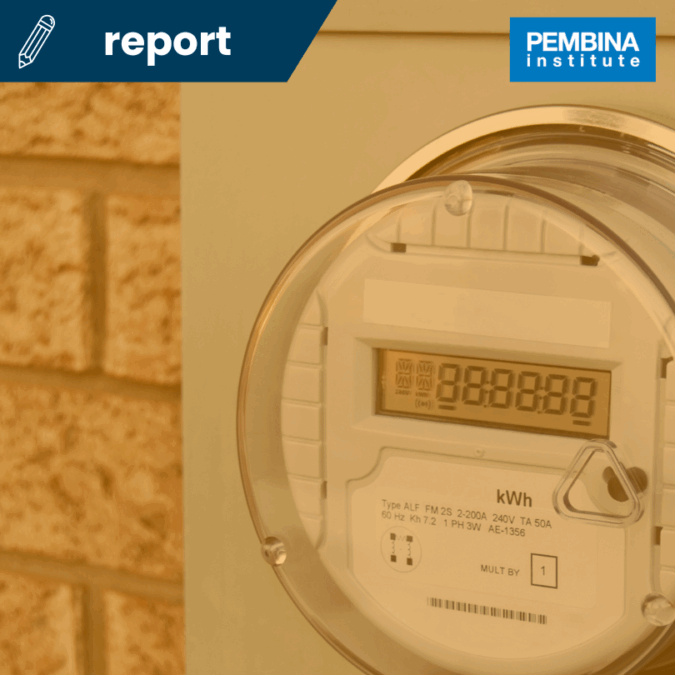Author/Contributor: Pembina Institute, contributions from the Alberta Ecotrust
Alberta Context: This report produced in partnership with Alberta Ecotrust, shows how demand-side management (DSM) reduces energy costs, lowers peak demand, and strengthens local economies while delivering lasting social and economic benefits.
Summary:
Demand-side management (DSM) offers Alberta an untapped opportunity to cut energy costs, improve grid reliability, and stimulate local economic growth. While other provinces have invested billions, ($10.9B in Ontario and $10B in Quebec) Alberta remains the only province without utility-led DSM programs. This gap leaves households and businesses without the savings and stability seen elsewhere.
DSM aligns well with building retrofits, providing utilities a practical way to help customers manage costs while easing grid pressure. Long-term DSM investment would also stabilize Alberta’s construction and trades sectors, creating steady jobs and innovation.
Key findings
- An analysis for the Alberta Energy Efficiency Alliance (AEEA) found that DSM could deliver $11.1 billion in net benefits to Alberta between 2019 and 2038. This includes 7,008 GWh in electricity savings and a 919 MW reduction in winter peak demand.
- “In North America, every $1 invested in DSM programs has returned up to $4 in savings to the utility system.” – p. 5 – Beyond the Meter
- Programs in Ontario, Nova Scotia, and New York show strong returns. Ontario’s retrofit program delivers up to $3.66 in benefits per $1 invested.
- Alberta’s unique deregulated electricity market is not a barrier to DSM implementation. Deregulated markets have been shown to achieve more than double the energy savings from DSM compared to regulated markets. The primary obstacle is the lack of a clear policy mandate and a regulatory framework that incentivizes utilities to invest in demand-side resources.
Recommendations for Alberta
- Establish clear provincial policy treating DSM as equal to traditional energy infrastructure.
- Develop an independent body to design, deliver, and evaluate DSM programs province-wide.
- Start with retrofit aligned programs, offer accessible upgrades, integrate with existing funding, ensure equity across building types, and support workforce training.
Adopting these measures would position Alberta for a more affordable, resilient, and low-carbon energy future.
Read the full report here.

